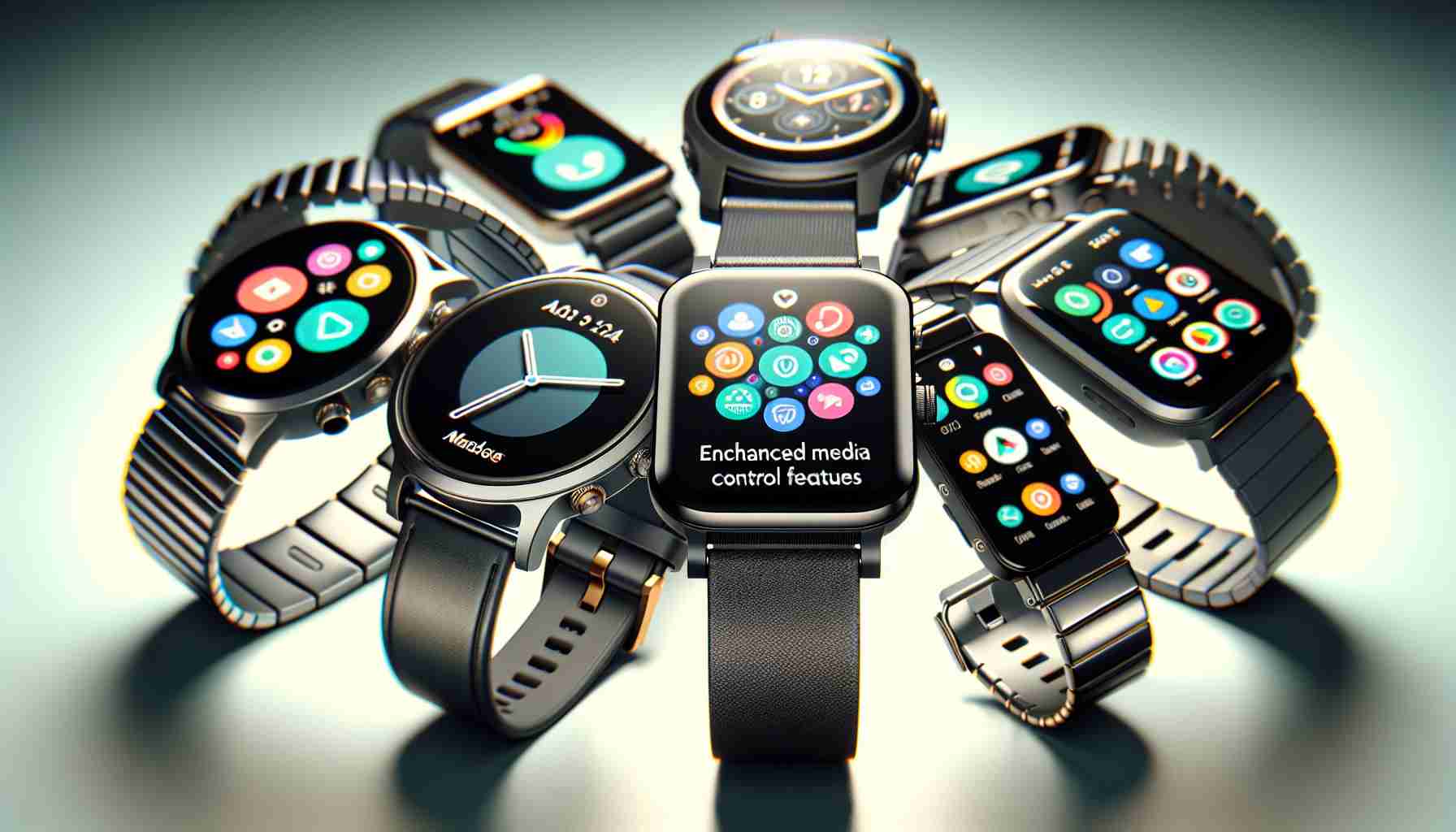Revolutionary Control at Your Wrist: Wear OS and Android 15 Unite
Following a thorough examination of the upcoming Android 15 beta by an expert, a significant feature upgrade has surfaced for Wear OS smartwatches. Android 15 is poised to enable Wear OS devices to manage media playback on connected Android phones, facilitating a more integrated user experience.
Thanks to a freshly spotted “MEDIA_ROUTING_CONTROL” permission, Wear OS smartwatches are expected to access and select devices for streaming audio or video, suggesting a more seamless media experience. Picture effortlessly switching tracks from your smartphone to your smart speaker with simple gestures on your smartwatch.
Control Your Media Without a Phone
Currently, while a Wear OS smartwatch offers basic control over media, more intricate commands necessitate reaching for a connected smartphone. This next-level interaction, however, proposes the elimination of this dependency. Instead of heading back to retrieve a forgotten phone, a flick of the wrist could reroute your music from wireless earbuds to a Bluetooth speaker in another room.
This enhancement aligns with Google’s vision of providing an ecosystem of devices with fluid intercommunication, positioning it as a rival to Apple’s tightly integrated hardware and software. Not only does this promise an improved user experience but also elevates the utility of wearable devices.
While this capability’s compatibility across various Wear OS wearables remains uncertain, expectations are riding high for definitive announcements during the next Google I/O in May 2024. There, we await further revelations about the future of Android, Wear OS, and other Google services.
Implications and Considerations for Wear OS Enhanced Media Control
The prospect of enhanced media control in Wear OS smartwatches with the introduction of Android 15 brings a multitude of considerations, including user convenience and system integration. As smartwatches become increasingly sophisticated, they serve not just as fitness trackers and notification mirrors but as hubs for controlling various aspects of users’ digital lives.
Key Questions and Answers
1. How will the MEDIA_ROUTING_CONTROL feature affect battery life on Wear OS devices?
Answer: Enhanced media control features may impact battery life, though the extent will depend on how the functionality is implemented. Google will likely optimize the software to minimize battery consumption.
2. Will older Wear OS smartwatches be compatible with the new media control features?
Answer: Compatibility with older devices is unclear and may vary based on the hardware capabilities and manufacturer’s software updates policy.
3. How secure will the media routing control be, and what privacy concerns might it raise?
Answer: Any additional connectivity feature requires careful handling of permissions. Google will need to ensure that user data and control are secure, which means implementing robust privacy measures.
Key Challenges and Controversies
– Device compatibility and fragmentation within the Wear OS ecosystem could lead to an inconsistent user experience.
– Maintaining security and privacy, especially when routing control signals across devices, is crucial to user trust.
– Balancing new features with battery life conservation is an ongoing challenge for wearable technology.
Advantages and Disadvantages
Advantages:
– Increased convenience for controlling media without the need to use a smartphone.
– Deepens the integration within the Android ecosystem, rivaling competitors like Apple.
– Enhances the functionality and appeal of Wear OS smartwatches, potentially leading to a greater market share.
Disadvantages:
– Potentially limited compatibility with existing devices may frustrate users who are not ready to upgrade.
– New features often come at the expense of device battery life, a significant consideration for wearables.
– Additional complexities in media control could confuse less tech-savvy users if not designed with user-friendliness in mind.
For those interested in exploring more about Android and Google’s ecosystem of services, you can visit the Google main page for the latest updates and official announcements.
The source of the article is from the blog mivalle.net.ar
